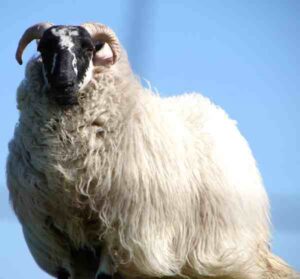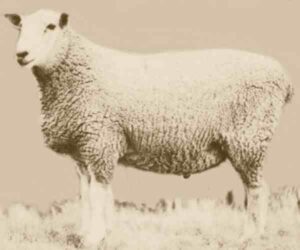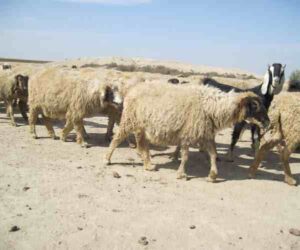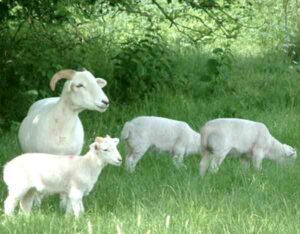The Finnsheep is a breed of domestic sheep from Finland. It is also called as the Finnish Landrace or simply as Finn. It is one of several Northern European short-tailed sheep breeds which is notable for it’s high incidence of multiple births.
The Northern European short-tailed sheep breeds also include the Icelandic, Romanov, Shetland, Spaelsau and several other breeds.
The breed was first imported to North America in 1966 by the University of Manitoba, Canada. Since that time, only a few importations have occurred through the U.S. Department of Agriculture (1968) and private breeders in Canada.
Progeny from the Canadian importation were then brought into the United States by private producers.
The Finnsheep is a very old breed, and considered to be several hundred years old. It descended from the mouflon that live in the wild on Sardinia and Corsica.
The breed is also said to be related to other Scandinavian short-tailed sheep. And origin of the Finnsheep is probably related to their adaptability to the rugged climate and the high roughage feed available.
A breeders association was formed in 1918, named as the Finnsheep Breeders Association. The association directs the improvement of the breed in Finland with an emphasis on litter size, mothering ability, wool production and growth rate. Read some more information about this sheep breed below.
Finnsheep Characteristics
The Finnsheep are medium to large sized animals. They can appear in almost all colors. Both rams and ewes are usually polled, that means they have no horns.
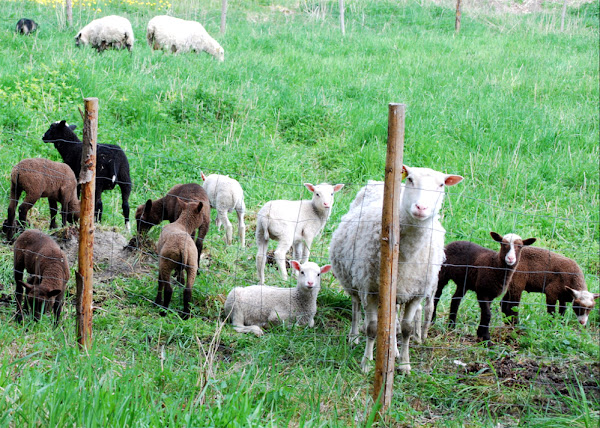
Face and legs of these animals are generally free of wool, and they are naturally short tailed animals.
As a medium to large sized animal, average live body weight of the mature Finnsheep rams is between 68 and 90 kg. And the fully grown ewe’s body weight vary from 55 to 86 kg. Photo and info from ansi.okstate.edu and Wikipedia.
Uses
The Finnsheep are used for many different purposes. They are good for meat, milk and wool production.
Special Notes
The Finnsheep are very hardy, strong and active animals. They are well adapted to their local climates.
They are actually notable for their high incidence of multiple births. In most cases, it is common for an ewe to have 3, 4 or even 5 lambs at once. The lambs are often small, but are vigorous at birth and grow very well.
They mature early and can be mated at their 6 months of age. The Finnsheep ewes usually breed out of season and some may lamb twice in a year.
The breed is often used in crossbreeding programs to increase lambing percentage, and Finnsheep blood is found in many of the newer sheep breeds.
The breed is very good for wool production. A mature ewe will produce about 1.8 to 3.6 kg fleece with a high yield percentage. Meat of these animals is also of good quality.
They produce a lean meat, although they are not large in size. Today the breed is used for meat, milk and wool production and also for Landscape Management. However, review full breed profile of the Finnsheep in the following chart.
| Breed Name | Finnsheep |
| Other Name | Finnish Landrace or simply Finn |
| Breed Purpose | Meat, milk, wool and also for landscape management |
| Special Notes | Very hardy and strong animals, active, well adapted to their local climates, highly fertile, ewes are notable for multiple births, lambs are vigorous at birth, mature early, good for meat, milk and wool production, used for crossbreeding with other breeds |
| Breed Size | Medium to large |
| Weight | Mature ram’s body weight vary from 68 to 90 kg, and mature ewe’s body weight vary from 55 to 86 kg. |
| Horns | No |
| Climate Tolerance | Native climates |
| Color | Many |
| Rarity | Common |
| Country/Place of Origin | Finland |

